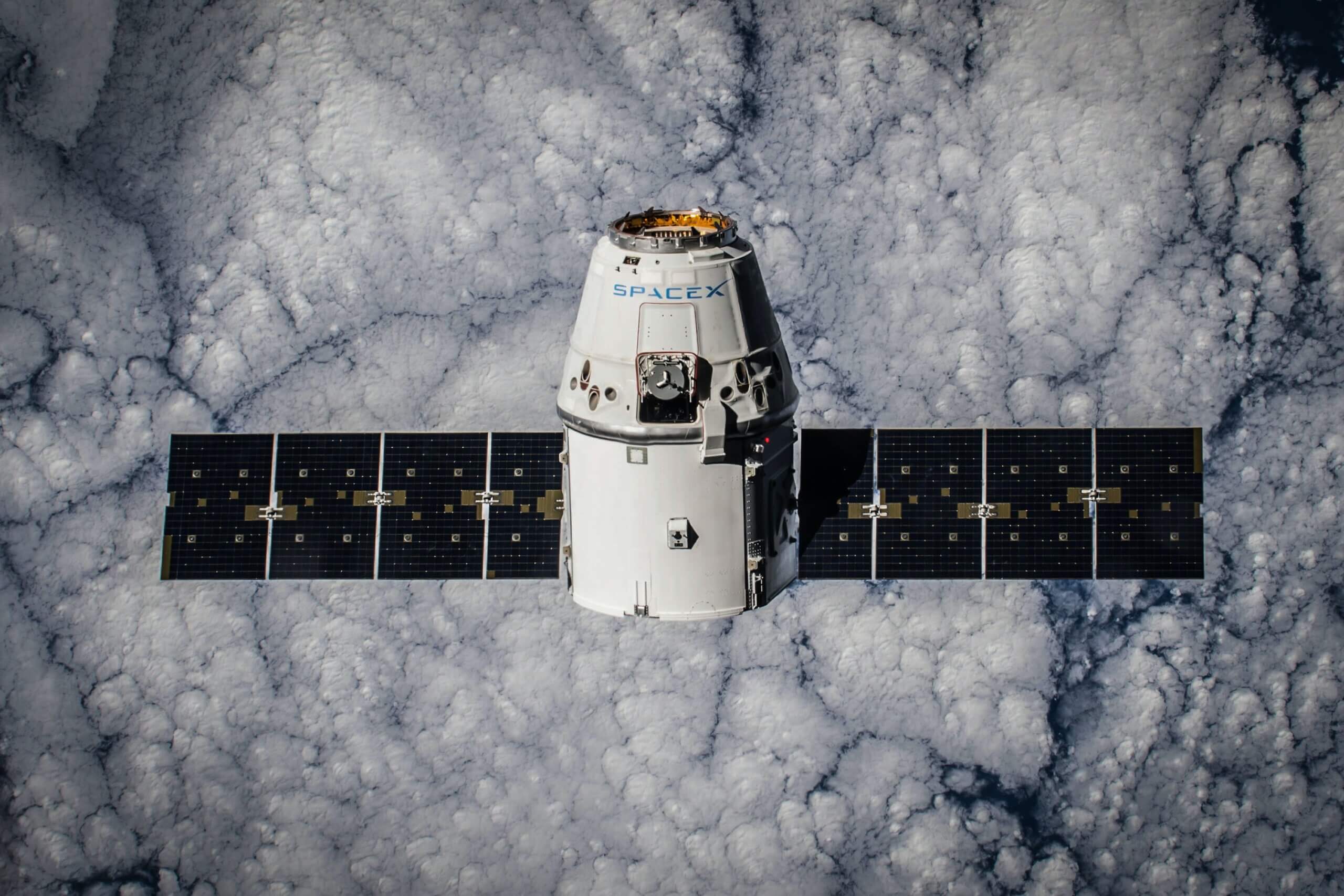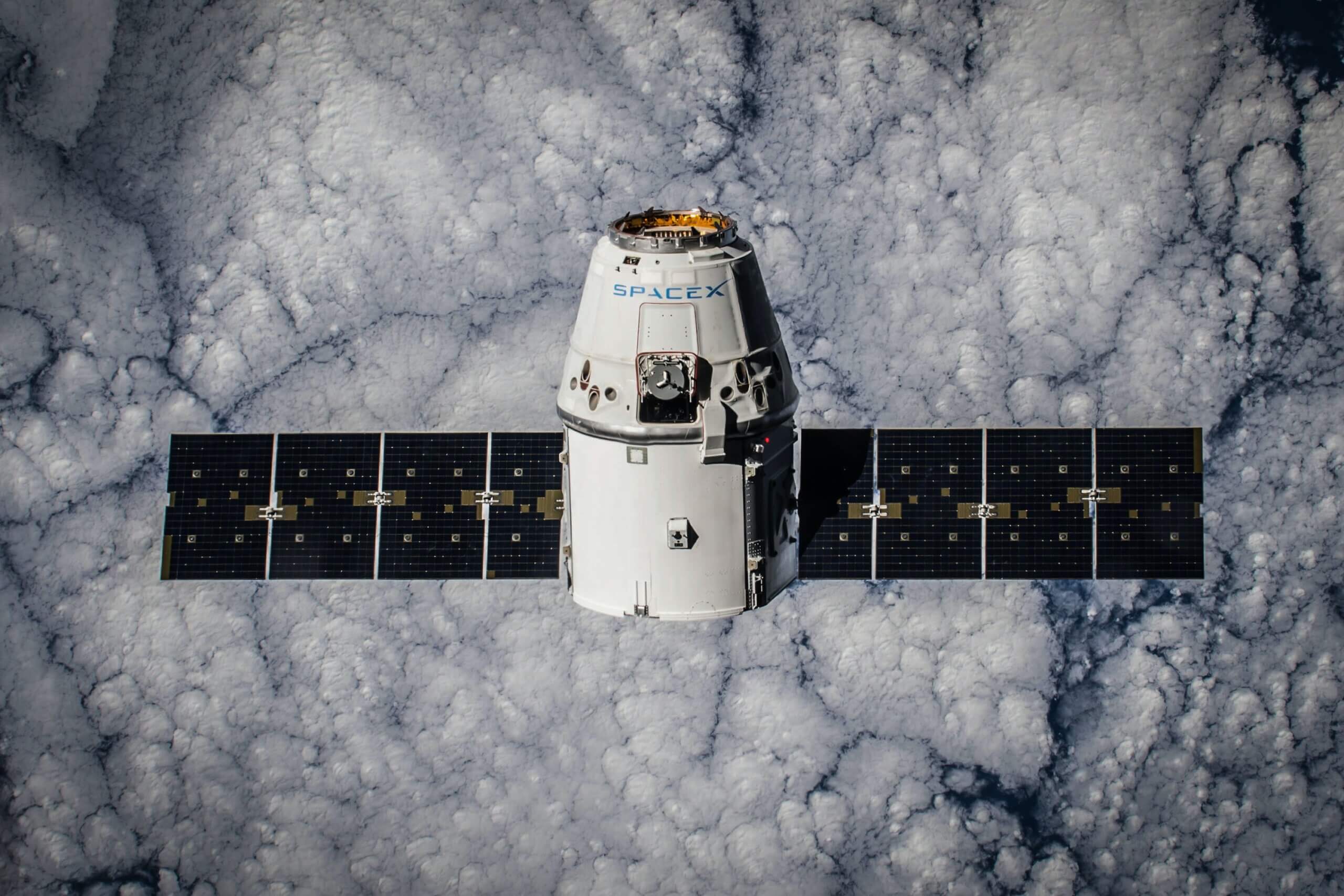Defense intellectuals and proponents of defense innovation have been busy for over a decade selling dreams about Third, Fourth, perhaps Fifth Offsets; about the promise of bringing “dynamism” back to the US industrial base, in part through emergent, commercial startups that comprise the national innovation base.
The problem: Right now, those at the forefront of the defense innovation base risk giving America’s adversaries an angle in. They risk being co-opted by a great power adversary (read: China) adept at exploiting vulnerabilities in the US innovation ecosystem. Even the most promising and well intentioned efforts risk building on a foundation controlled by the adversary – and forfeiting any deterrent or warfighting advantage we may think we’re gaining vis-à-vis China by moving faster and with a more agile and innovative industrial base.
The darlings of the US innovation base who are saving the day in Ukraine make this case clearly – and alarmingly. Take Elon Musk: This summer, the US Department of Defense announced that it had signed a contract with SpaceX’s Starlink to procure its satellite services for Ukraine. Per the Pentagon, “we continue to work with a range of global partners to ensure Ukraine has the resilient satellite and communication capabilities they need.”
Right now, those at the forefront of the defense innovation base risk giving America’s adversaries an angle in.
But Elon Musk’s dependence on China risks meaning that Starlink is not as resilient as American war planning may assume or require.
The same day as the Pentagon’s announcement, Elon Musk wrapped up a two-day visit to China. During his 48 hours there, he visited Tesla’s Shanghai factory, the automaker’s biggest production hub; met with China’s foreign, commerce, and industry ministers in Beijing; dined with the chairman of Chinese battery supplier CATL; and visited with Chinese Vice Premier Ding Xuexiang (the first known meeting between Ding and a foreign CEO).
Throughout, Musk praised China, close US-China relations, and commercial interdependence. The US and Chinese economies “conjoined twins,” he said, declaring his opposition to their decoupling.
A contest on the battlefield and factory floor
The United States is locked in a great power competition: Washington and its allies are defending the international order from China and its axis of aligned spoilers, from Russia to Iran. This competition is playing out in the industrial domain – both because today’s military battlefield increasingly depends on commercial assets (like Starlink) and because Beijing attacks through supply chains and markets (like Tesla’s). This competitive reality is why China elevated “military-civil fusion” to national strategy in 2015; it’s why the US military’s innovation apparatus has embraced dual-use, commercial technology.
Beijing has leveraged a deliberate, non-market strategy to ensure that US industry – up to and including its emergent, high-tech champions – depends on China.
This is a contest for which the United States needs a robust industrial and innovation base, able to withstand China’s attack on the battlefield and the factory floor.
The problem: Beijing has hollowed out the US industrial base and is well on its way to doing the same to the innovation base. Beijing has leveraged a deliberate, non-market strategy to ensure that US industry – up to and including its emergent, high-tech champions – depends on China. This vulnerability afflicts the legacy industrial base. It also afflicts new entrants aiming to disrupt incumbents and face down challenges of a new military era.
As long as US defense and industrial champions depend on China, their actions are controlled by China. Moreover, their incentives are tied to and shaped by the Chinese Communist Party. Elon Musk wants his businesses to be party to China’s economic rise. He also wants to support US national security. At some point, those aims end up mutually exclusive.
Ignore Starlink’s China dependencies at America’s peril
The battlefield in Ukraine may reveal those tensions in real time. The Pentagon is paying Musk’s SpaceX for satellite services intended to defend against Russia’s incursions into Ukraine. Those incursions have been greenlit and bankrolled by Beijing. Musk’s broader business empire – as he was busy reminding everyone on his jaunt through China earlier this year – depends on China for production and revenue. Starlink’s supply chain has dependencies on Chinese suppliers, as Chinese industry observers are keen to point out any time the prospect of Starlink deployment to Taiwan is raised. Those dependencies range from printed circuit board suppliers to RF module inputs.
These supply chain dependencies may seem tactical. But they carry strategic effect. And reflect the coercive intent behind Beijing’s military-civil fusion strategy. What happens if China decides it doesn’t want Ukraine to be defended by Starlink satellites? Or, down the road, what happens if the Pentagon – dependent on systems that in turn depend on China – has to confront Beijing?
This is a contest for which the United States needs a robust industrial and innovation base, able to withstand China’s attack on the battlefield and the factory floor.
The invasion of Ukraine, the consolidation of power by Xi Jinping, and the no joke return of great power competition mean we must say the quiet part out loud: Ignorance of the depth of exposure to Chinese supply chains amounts to strategic malpractice. The US military cannot deter its pacing threat in Beijing if it cannot muster an independent and resilient industrial base. And the United States certainly cannot rely for its national defense strategy on a foundation controlled by Beijing.
Real American dynamism – and real competitive advantage – stem from credible and sustainable power. That means coming to grips with the costs of resolving the danger of supply chain dependencies tied to China – including those that start with Starlink.
Emily de La Bruyère and Nathan Picarsic are Senior Fellows at the Foundation for Defense of Democracies and co-founders of Horizon Advisory.
(Photo by SpaceX/Pexels)




